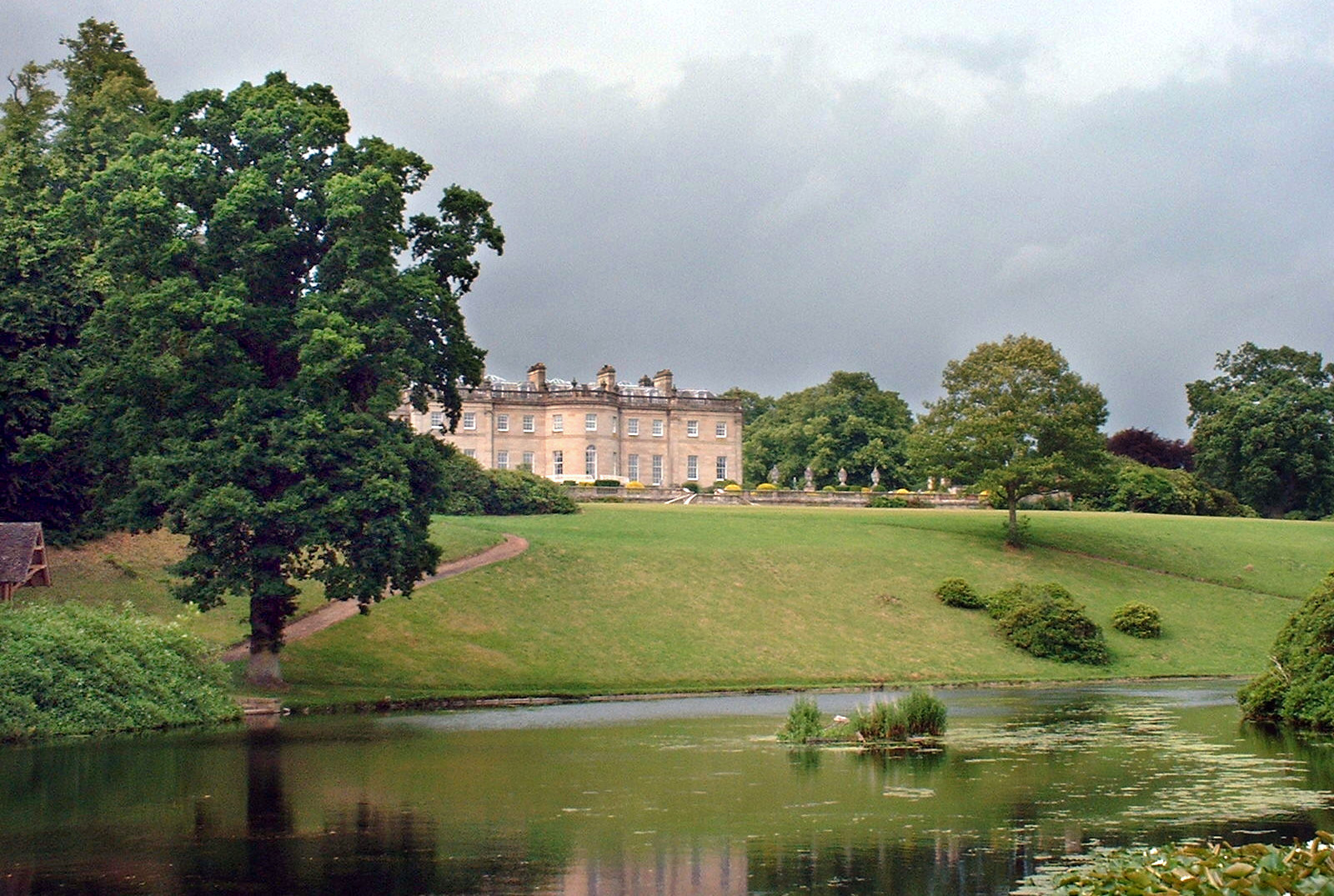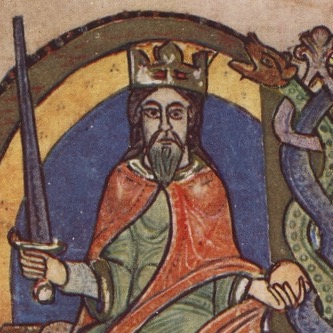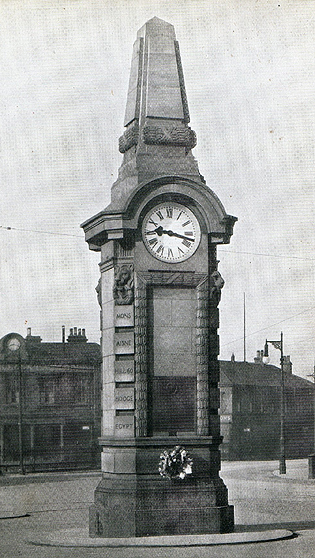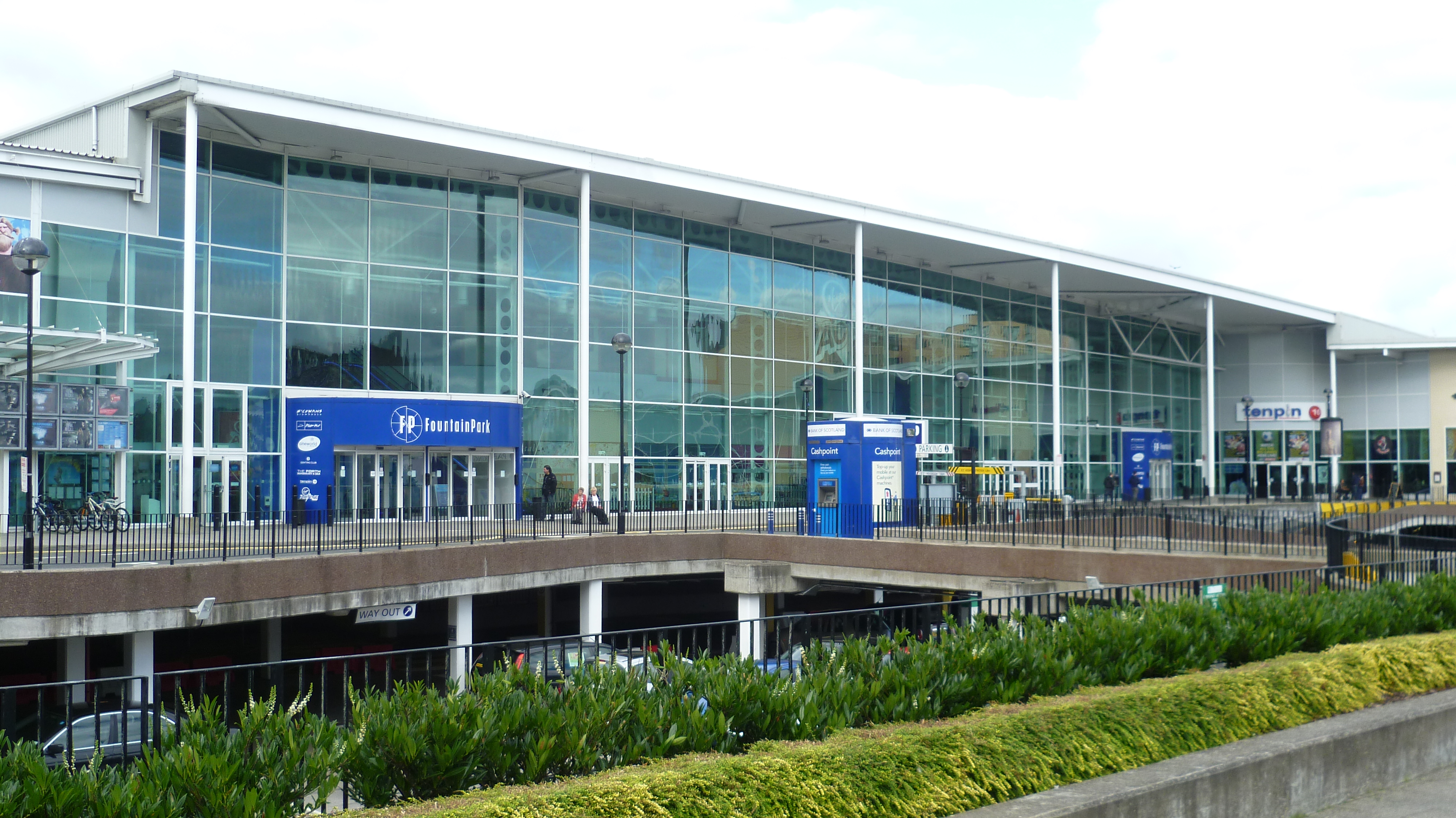|
West End, Edinburgh
The West End is an affluent district of Edinburgh, Scotland, which along with the rest of the New Town and Old Town forms central Edinburgh, and Edinburgh's UNESCO World Heritage Site. The area boasts several of the city's hotels, restaurants, independent shops, offices and arts venues, including the Edinburgh Filmhouse, Edinburgh International Conference Centre and the Caledonian Hotel. The area also hosts art festivals and crafts fairs. Built as a western expansion of the New Town, the northern part of the West End sits on the Water of Leith river and forms part of Edinburgh's UNESCO World Heritage Site. The West End is contiguous with the rest of New Town and is accordingly included in the New Town Conservation Area. As can be inferred therefore, this area of the city contains many buildings of great architectural beauty, primarily long rows and crescents of Georgian terraced houses. The West End also incorporates many of the New Town Gardens, a heritage designation since 20 ... [...More Info...] [...Related Items...] OR: [Wikipedia] [Google] [Baidu] |
City Of Edinburgh
The City of Edinburgh Council is the local government authority for the city of Edinburgh, capital of Scotland. With a population of in mid-2019, it is the second most populous local authority area in Scotland. In its current form, the council was created in 1996 under the Local Government etc. (Scotland) Act 1994, to replace the City of Edinburgh District Council of the Lothian region, which had, itself, been created in 1975. The history of local government in Edinburgh, however, stretches back much further. Around 1130, David I made the town a royal burgh and a burgh council, based at the Old Tolbooth is recorded continuously from the 14th century. The council is currently based in Edinburgh City Chambers with a main office nearby at Waverley Court. History Before 1368 the city was run from a pretorium (a Latin term for Tolbooth), and later from around 1400 from the Old Tolbooth next to St Giles' Cathedral. A Tolbooth is the main municipal building of a Scottish burgh pr ... [...More Info...] [...Related Items...] OR: [Wikipedia] [Google] [Baidu] |
Moderator Of The General Assembly Of The Church Of Scotland
The Moderator of the General Assembly of the Church of Scotland is the ministers and elders of the Church of Scotland, minister or elder chosen to moderate (chair) the annual General Assembly of the Church of Scotland, which is held for a week in Edinburgh every year. After chairing the Assembly, the Moderator then spends the following year representing the Church of Scotland at civic events, and visiting congregations and projects in Scotland and beyond. Because the Church of Scotland is Scotland's national church, and a presbyterian church has no bishops, the Moderator is – arguably alongside the Lord High Commissioner to the General Assembly of the Church of Scotland – the most prominent figure in the life of Church of Scotland adherents. Office The Moderator of the General Assembly, moderator is normally a minister or elder of considerable experience and held in high esteem in the Church of Scotland. The moderator is nominated by the "Committee to Nominate the Moderator", ... [...More Info...] [...Related Items...] OR: [Wikipedia] [Google] [Baidu] |
Bailie
A bailie or baillie is a civic officer in the local government of Scotland. The position arose in the burghs, where bailies formerly held a post similar to that of an alderman or magistrate (see bailiff). Baillies appointed the high constables in Edinburgh, Leith and Perth. Modern bailies exist in Scottish local councils, with the position being a courtesy title and appointees often requested to provide support to the lord provost or provost - the ceremonial and civic head of the council - in their various engagements. History The name derives from Old French and used to be synonymous with provost, with several officials holding this role often at the appointment of the Church. The jurisdiction of a bailie is called a ''bailiary'' (alt. ''bailiery''). The office of bailie was abolished in law in Scotland in 1975, and today the position of bailie is a courtesy title. Use * Aberdeen City Council - appoints five bailies. * Dundee City Council - appoints five bailies. The posit ... [...More Info...] [...Related Items...] OR: [Wikipedia] [Google] [Baidu] |
Estate Houses In Scotland
Estate houses in Scotland or Scottish country houses, are large houses usually on landed estates in Scotland. They were built from the sixteenth century, after defensive castles began to be replaced by more comfortable residences for royalty, nobility and local lairds. The origins of Scottish estate houses are in aristocratic emulation of the extensive building and rebuilding of royal residences, beginning with Linlithgow, under the influence of Renaissance architecture. In the 1560s the unique Scottish style of the Scots baronial emerged, which combined features from medieval castles, tower houses, and peel towers with Renaissance plans, in houses designed primarily for residence rather than defence. After the Restoration (1660) the work of architect Sir William Bruce introduced to Scotland a new phase of classicising architecture, in the shape of royal palaces and estate houses incorporating elements of the Palladian style. In the eighteenth century Scotland produced some of t ... [...More Info...] [...Related Items...] OR: [Wikipedia] [Google] [Baidu] |
St Cuthbert's Church, Edinburgh
The Parish Church of St Cuthbert is a parish church of the Church of Scotland in central Edinburgh. Probably founded in the 7th century, the church once covered an extensive parish around the burgh of Edinburgh. The church's current building was designed by Hippolyte Blanc and completed in 1894. St Cuthbert's is situated within a large churchyard that bounds Princes Street Gardens and Lothian Road. A church was probably founded on this site during or shortly after the life of Cuthbert. The church is first recorded in 1128, when David I of Scotland, David I granted it to Holyrood Abbey. At that time, the church covered an extensive parish, which was gradually reduced until the 20th century by the erection and expansion of other parishes, many of which were founded as Chapel of ease, chapels of ease of St Cuthbert's. St Cuthbert's became a Protestant church at the Scottish Reformation in 1560: from after the Reformation until the 19th century, the church was usually called the West ... [...More Info...] [...Related Items...] OR: [Wikipedia] [Google] [Baidu] |
John Byres Of Coates
Sir John Byres of Coates (1569–1629) was a 16th/17th century Scottish banker and merchant who served as Treasurer and Old Provost for Edinburgh Town Council. Old Provost is the equivalent of Deputy Provost. Byers Close on the Royal Mile is named after him. Life He was born in Edinburgh in 1569. His background is unclear but he appears to have been from a wealthy family of merchants and bankers. In the late 16th century he bought tenements (from Gilbert Lauder) on the Royal Mile north of St Giles Cathedral close to the Old Tolbooth and the Luckenbooths. Here he rented out the flats and ground floor shops and presumably ran his own bank (probably 369 High Street). He was Treasurer of Edinburgh Town Council 1612 to 1615. He also served as Depute Provost (at that time confusingly termed "Old Provost"). In 1615 he built Coates Hall, later called Easter Coates, then west of the city (now lying between Palmerston Place and Manor Place). The building contains carved stone li ... [...More Info...] [...Related Items...] OR: [Wikipedia] [Google] [Baidu] |
Old House Of Easter Coates - Geograph
Old or OLD may refer to: Places *Old, Baranya, Hungary *Old, Northamptonshire, England *Old Street station, a railway and tube station in London (station code OLD) *OLD, IATA code for Old Town Municipal Airport and Seaplane Base, Old Town, Maine, United States People *Old (surname) Music *OLD (band), a grindcore/industrial metal group * ''Old'' (Danny Brown album), a 2013 album by Danny Brown * ''Old'' (Starflyer 59 album), a 2003 album by Starflyer 59 * "Old" (song), a 1995 song by Machine Head *''Old LP'', a 2019 album by That Dog Other uses * ''Old'' (film), a 2021 American thriller film *''Oxford Latin Dictionary'' *Online dating *Over-Locknut Distance (or Dimension), a measurement of a bicycle wheel and frame *Old age See also *List of people known as the Old * * *Olde, a list of people with the surname *Olds (other) Olds may refer to: People * The olds, a jocular and irreverent online nickname for older adults * Bert Olds (1891–1953), Australian rules ... [...More Info...] [...Related Items...] OR: [Wikipedia] [Google] [Baidu] |
Murrayfield
Murrayfield is an affluent area to the west of Edinburgh city centre in Scotland. It is to the east of Corstorphine and north of Balgreen and Roseburn. The A8 road runs east–west through the south of the area. Murrayfield is often considered to include the smaller neighbouring areas of Ravelston (to the north) and Roseburn (to the south). History The name comes from the estate of Archibald Murray who built Murrayfield House for himself in 1735 on the south-facing slopes over the area. Archibald Murray bought the land from Nisbet of Dean in 1733; it was previously Nisbet's Park. Alexander Murray, Lord Henderland was born here the year after its construction. Much of the Murrayfield area was semi-rural up until the early 19th century. Among mansion houses built then was Belmont House in 1828 by architect William Playfair for Lord Mackenzie and a large villa known as Rock Villa (later Rockshiel) appears on the Ordnance Survey Map of 1855. The OS map from the 1890s suggests th ... [...More Info...] [...Related Items...] OR: [Wikipedia] [Google] [Baidu] |
Haymarket, Edinburgh
Haymarket ( sco, Heymercat, gd, Margadh an Fheòir) is an area of Edinburgh, Scotland. It is in the west of the City status in the United Kingdom, city centre and is the junction of several main roads, notably Dalry, Edinburgh, Dalry Road (which leads south-west to Gorgie Road and the M8 motorway (Scotland), M8 motorway to Glasgow), Corstorphine Road (leading west to the M8 and the M9 motorway (Scotland), M9 for Stirling and the north), and Shandwick Place (leading east to Princes Street and the city centre). Haymarket contains a number of public house, pubs, cafés and restaurants. War Memorial [...More Info...] [...Related Items...] OR: [Wikipedia] [Google] [Baidu] |
West Coates
West Coates or Wester Coates is a residential district of central Edinburgh, the capital of Scotland. It is on the A8, in proximity to Haymarket railway station and Roseburn, west of the city centre, bounded by the Water of Leith on its north side. As well as numerous small hotels and bed and breakfast lodges, the area was home to Donaldson's College, a former school for the deaf. The name derives from Coates Hall on Rosebery Crescent to the east. The focal point in urban design terms is Roseburn Free Church on Hampton Terrace by Robert Reid Raeburn (1867) but this its impact is only appreciated from Wester Coates Road as (on the main road) it is visually overwhelmed by Donaldson's School. The character is very different north and south of the main road. To the north the area is laid out as large villas on spacious avenues. South of the main road (and the modest houses of Osborne Terrace and Hampton Terrace, lies Devon Place, single storey cottages dating from 1864 and built ... [...More Info...] [...Related Items...] OR: [Wikipedia] [Google] [Baidu] |
Fountainbridge
Fountainbridge ( gd, Drochaid an Fhuarain) is an area of Edinburgh, Scotland, a short distance west of the city centre, adjoining Tollcross with East Fountainbridge and West Port to the east, Polwarth to the west and south, Dalry and Haymarket to the north and Gorgie and North Merchiston to the west. The main streets through the area are Fountainbridge and Dundee Street. The Union Canal which originally continued a short distance north-eastwards to Port Hopetoun at Lothian Road now terminates at the Lochrin Basin. The canal to the south and the route of the former Caledonian Railway (now converted to the West Approach Road) to the north continue to define the area. History Before the mid-18th century (when a sweet-water well, or "fountain" was erected near Grove Street), the area was called Foulbridge: a name relating to a bridge crossing the Foul Burn, a rivulet connecting the Burgh Loch on the Meadows to the Water of Leith but largely operating as a sewer. The name Foul ... [...More Info...] [...Related Items...] OR: [Wikipedia] [Google] [Baidu] |
Tollcross, Edinburgh
Tollcross ( gd, Toll na Croise) is a major road junction to the south west of the city centre of Edinburgh, Scotland which takes its name from a local historical land area. It lies between the more affluent area of Bruntsfield and the Grassmarket. Origin of the name The earliest reference to Tollcross dates from 1439 with ''Tolcors'' being the typical early form with the ''cors'' ending continuing in use to the late 18th century. ''Towcroce'' and ''Tolcroce'' appear in the early 16th century. Stuart Harris has pointed out that there were no crossroads until modern times and that there is no evidence for such meaning as "toll at a crossroad". He derives the name from ''cors'' with ''cros'' as a later form (as in Old Welsh ''toll cors'', meaning a ''boggy hollow'') and that the ending ''-corse'' would have aptly described the low-lying area beside the now culverted Lochrin Burn running between the slopes of the Burgh Muir and the High Riggs south of the Grassmarket. From the earl ... [...More Info...] [...Related Items...] OR: [Wikipedia] [Google] [Baidu] |









.jpg)